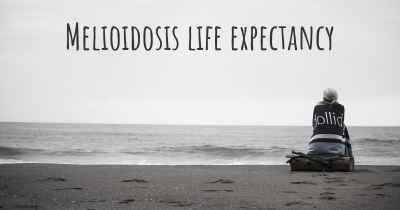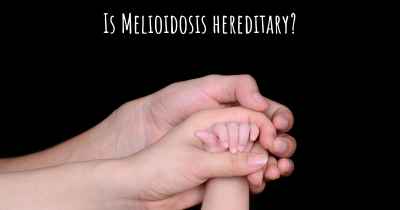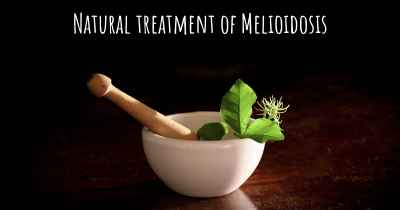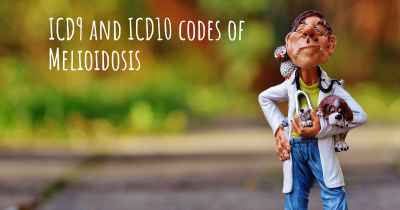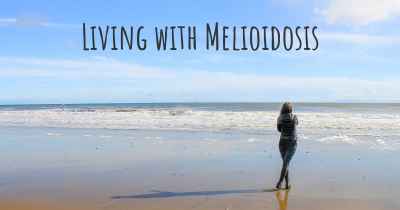Which are the causes of Melioidosis?
See some of the causes of Melioidosis according to people who have experience in Melioidosis
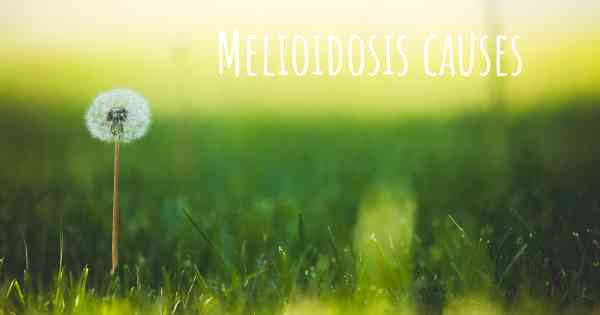
Melioidosis is a serious infectious disease caused by the bacterium Burkholderia pseudomallei. This bacterium is commonly found in soil and water in certain regions of the world, particularly in Southeast Asia and Northern Australia. The disease primarily affects humans and animals, and it can manifest in various forms, ranging from mild localized infections to severe systemic infections.
The causes of melioidosis can be attributed to several factors:
- Environmental Exposure: The primary mode of transmission of melioidosis is through direct contact with contaminated soil or water. People who live or work in endemic areas, such as farmers, construction workers, and individuals involved in outdoor activities, are at a higher risk of exposure to the bacterium.
- Inhalation: Inhalation of contaminated dust or water droplets is another common route of infection. This can occur during activities that disturb the soil, such as plowing, digging, or heavy rainfall that aerosolizes the bacteria.
- Ingestion: Consumption of contaminated water or food can also lead to melioidosis. This is particularly relevant in regions where the bacterium is prevalent in the water supply or where traditional practices involve consuming raw or undercooked food.
- Wounds and Skin Contact: Open wounds or skin abrasions can provide an entry point for the bacteria. Contact with contaminated soil or water can introduce the bacterium into the body, leading to localized infections.
- Underlying Health Conditions: Individuals with weakened immune systems, such as those with diabetes, kidney disease, or chronic lung disease, are more susceptible to melioidosis. The bacterium can exploit the compromised immune response, leading to more severe and disseminated infections.
It is important to note that melioidosis is not a contagious disease and does not spread from person to person. The risk of infection depends on the level of exposure to the bacterium and individual susceptibility. While anyone can contract melioidosis, certain populations, such as those with occupational exposure or residing in endemic areas, are at a higher risk.
Early diagnosis and prompt treatment are crucial in managing melioidosis. Antibiotics are the mainstay of treatment, but the choice of medication may vary depending on the severity of the infection. Prevention strategies include practicing good hygiene, avoiding exposure to contaminated soil and water, wearing protective clothing, and ensuring proper wound care.
